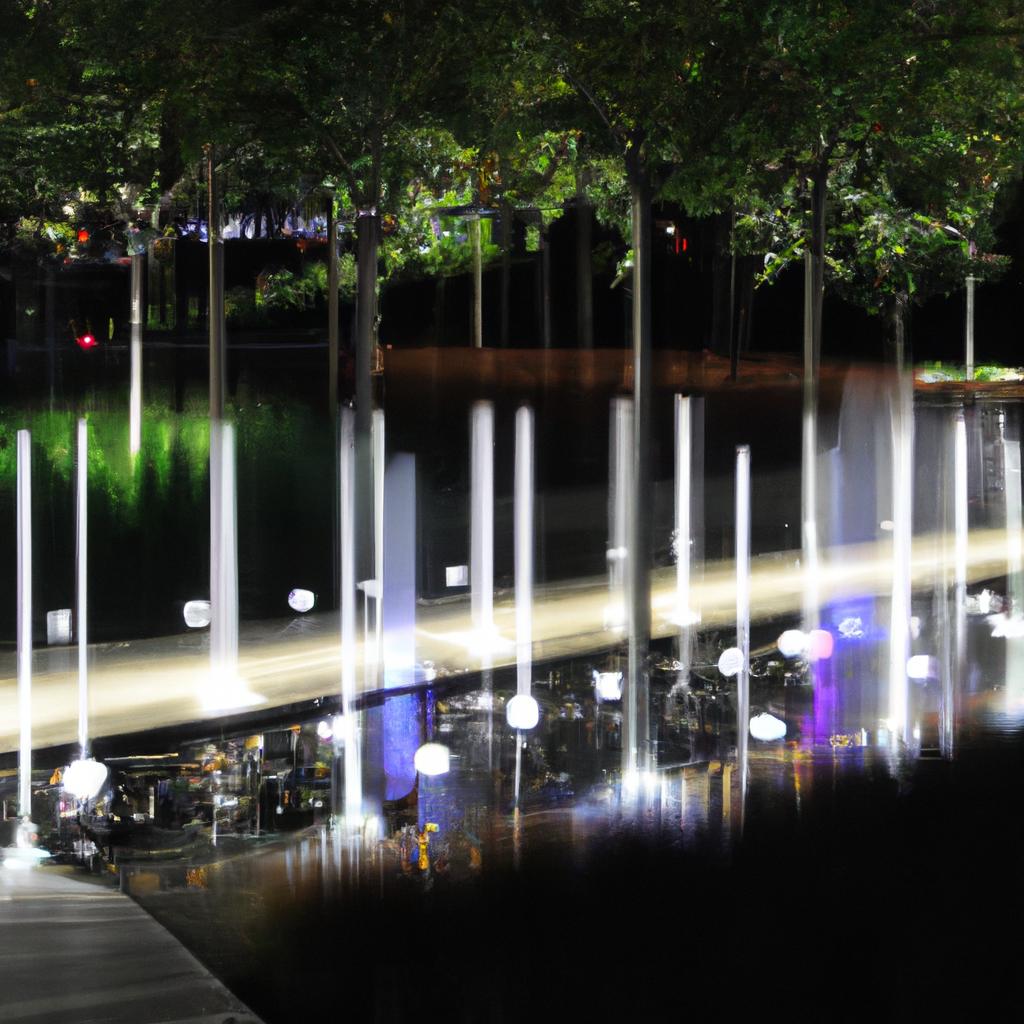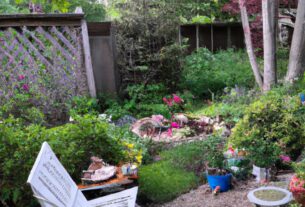Are you dreaming of transforming your outdoor space into a tranquil and aesthetically pleasing oasis? Look no further than garden architecture, an art form that combines the beauty of nature with principles of design. In this article, we will delve into the world of garden architecture, exploring its various elements and how you can incorporate them to create your own personal haven.
Elements of Garden Architecture
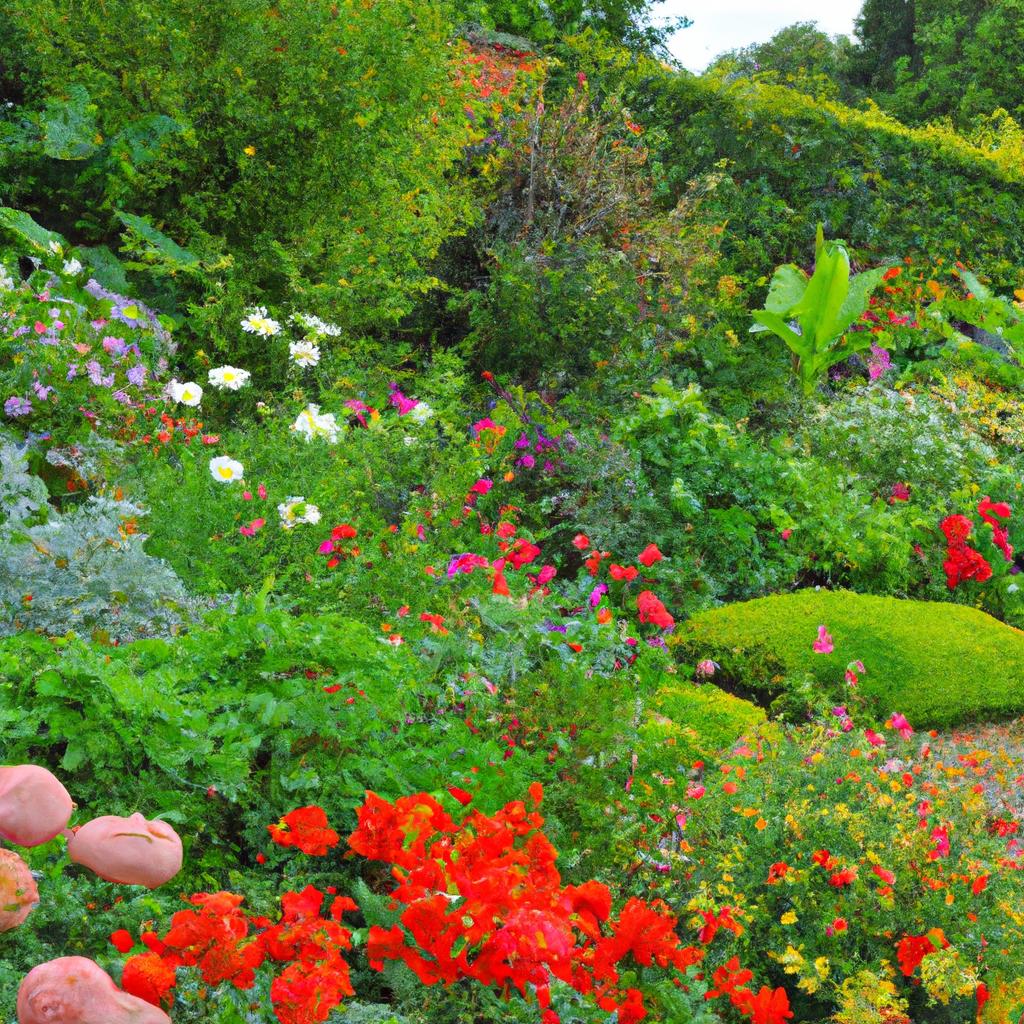
Plants and flowers play a pivotal role in garden architecture. They not only provide the foundation for the design but also set the atmosphere of the space. When selecting plants, consider their size, shape, color, and texture. Opt for plants that complement each other and align with the overall style of your garden. These cohesive choices will create a harmonious design.
Hardscaping materials, such as patios, walkways, and walls, form the non-living elements of your garden. Concrete, brick, stone, and wood are popular choices for hardscaping. When selecting these materials, prioritize factors like durability, maintenance requirements, and cost. Additionally, ensure that the hardscaping materials complement the plants and flowers in your garden. The right hardscaping can provide structure, texture, and contrast.
Styles of Garden Architecture
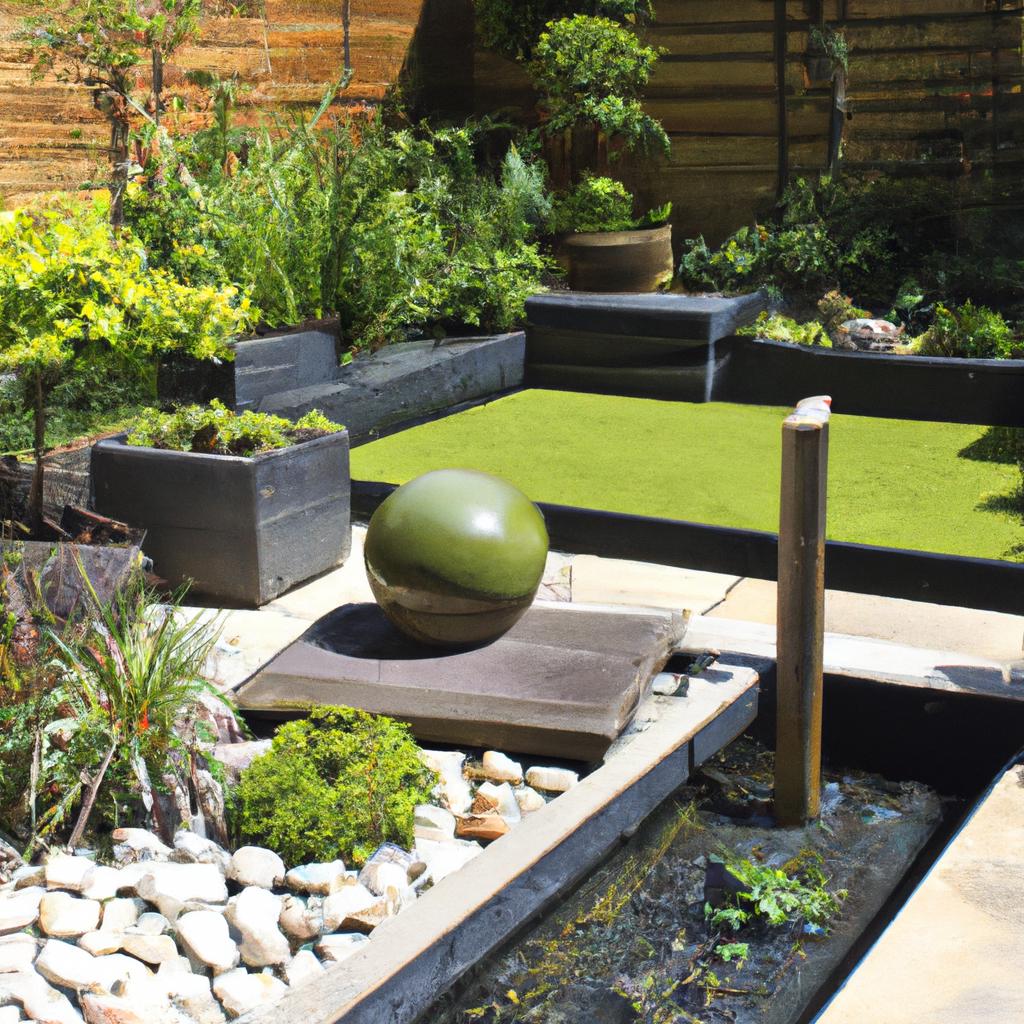
Garden architecture offers a plethora of styles to choose from. Each style has its unique characteristics and design elements that can be incorporated into your garden. Here are some popular ones:
- Japanese Gardens: These gardens focus on simplicity and elegance, incorporating natural elements like rocks, water, and plants. The goal is to create a peaceful and harmonious space.
- English Gardens: Known for their lush and romantic design, English gardens feature manicured hedges, colorful flowers, and winding paths. Here, natural and orderly elements merge seamlessly.
- French Gardens: Formal and symmetrical, French gardens often feature geometric shapes, boxwood hedges, and ornate fountains. They exude elegance and grandeur.
- Mediterranean Gardens: Warm and inviting, Mediterranean gardens highlight bright, colorful plants like bougainvillea and lavender, as well as natural materials like stone and clay. These gardens are meant for relaxation and entertainment.
- Contemporary Gardens: With minimalist and sleek designs, contemporary gardens emphasize clean lines, simple shapes, and a limited color palette. The focus is on modernity and functionality.
Designing a Garden Architecture
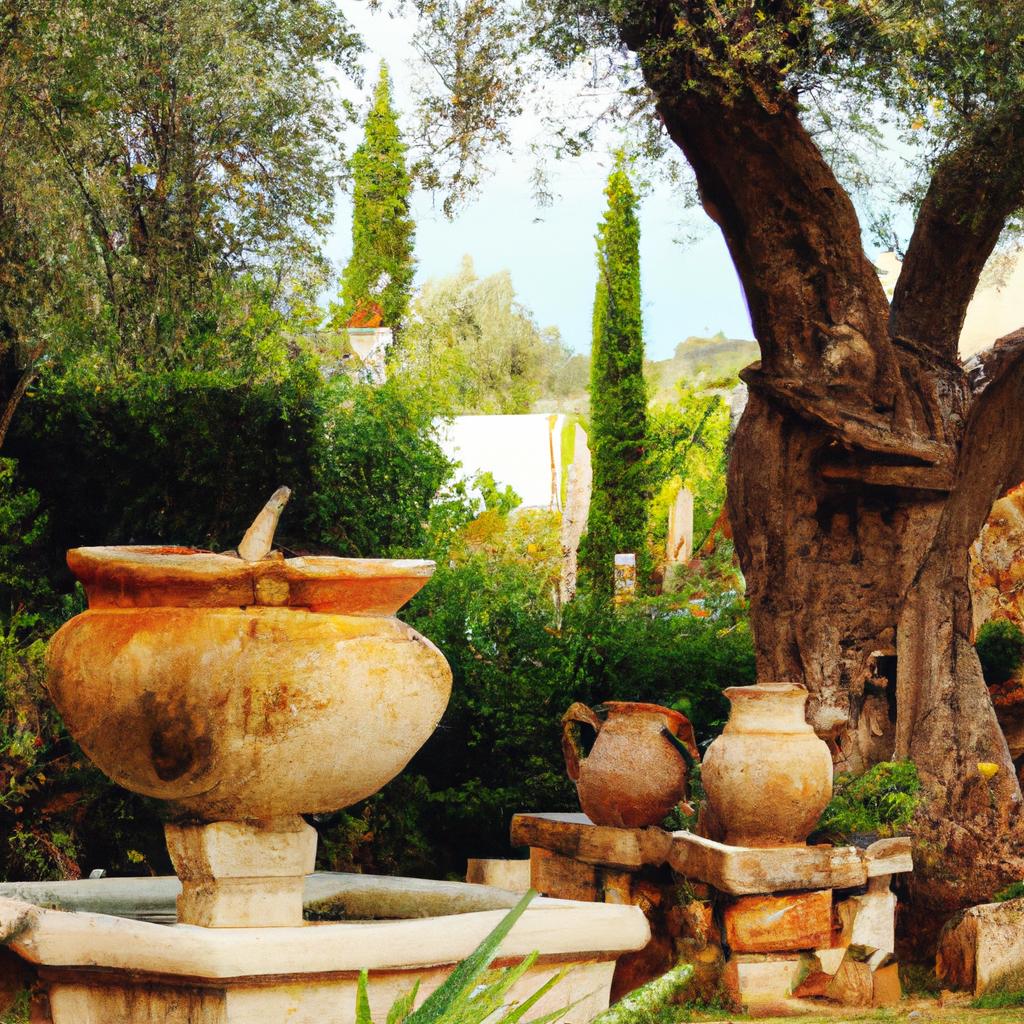
Designing a garden architecture necessitates thorough planning and consideration. Some key factors to keep in mind include:
- Site Analysis: Before diving into the design process, conduct a site analysis. Understand the best location for your garden and consider existing conditions like sunlight, soil type, and drainage.
- Function and Purpose: Determine the function and purpose of your garden. Are you looking to create a space for relaxation and meditation, or do you want an area for entertaining guests? This understanding will guide your plant, material, and feature choices.
- Budget: Your budget will influence your garden architecture design. Determine how much you’re willing to spend on materials, plants, and features, while also considering ongoing maintenance costs.
- Maintenance: Different plants and materials require varying levels of maintenance. Choose elements that align with your lifestyle and maintenance preferences.
Garden Architecture in History
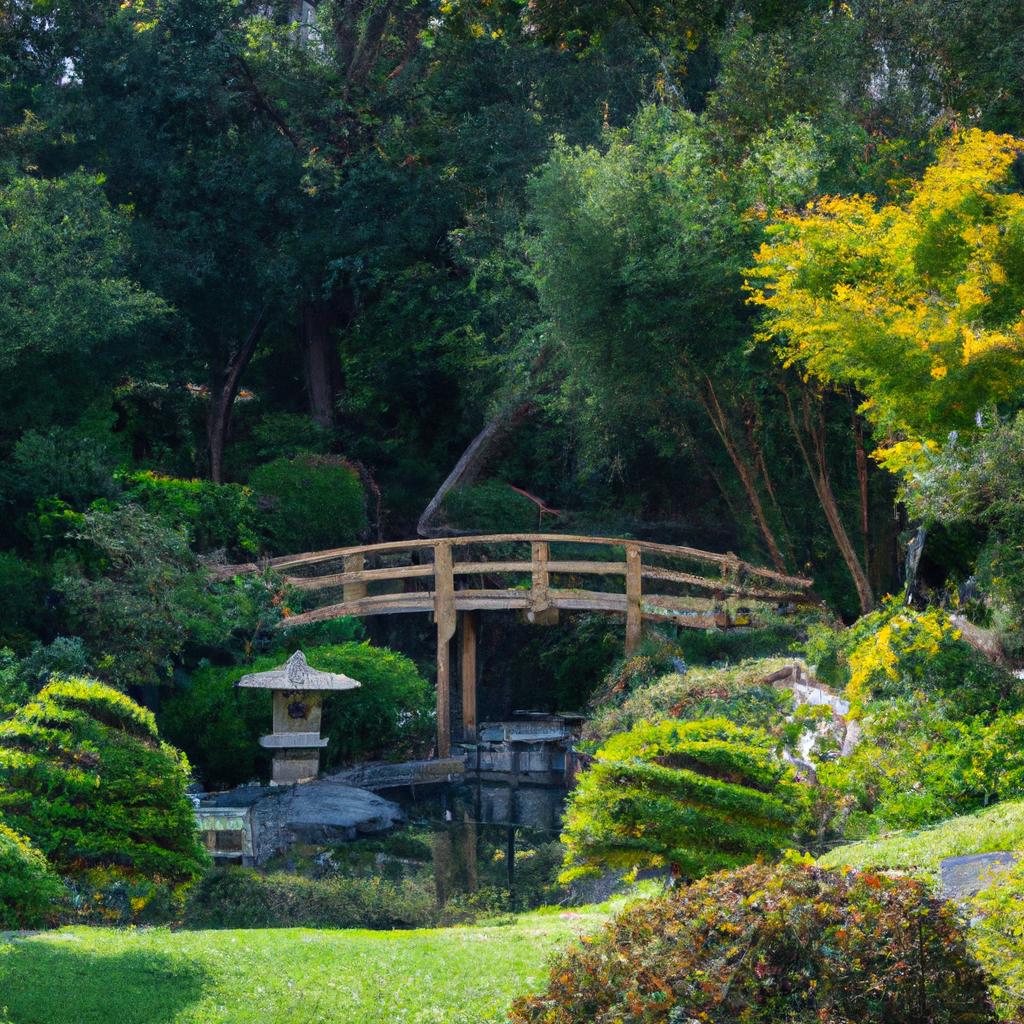
Garden architecture has deep roots in human history, dating back to ancient times. Various cultures created gardens for religious, ceremonial, and aesthetic purposes. The Egyptians cultivated gardens filled with fruit trees, vegetables, and flowers, while the Persians designed elaborate gardens with water features and sculptures. During the Renaissance, gardens symbolized wealth and power, giving rise to Europe’s most famous gardens. The Baroque period introduced grand, formal gardens like Versailles, while the Victorian era embraced romantic, naturalistic designs.
Conclusion
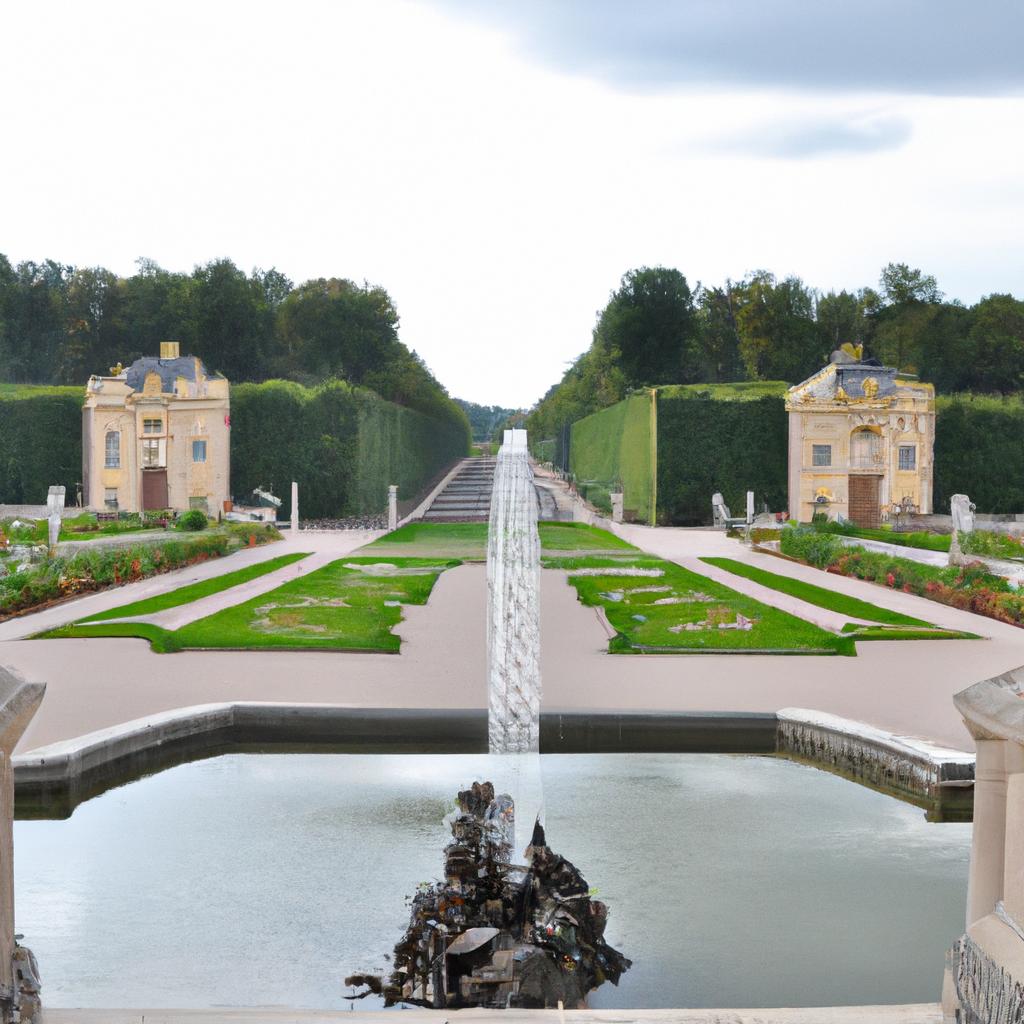
In conclusion, garden architecture is a captivating art form that can transform any outdoor space into a personal oasis. By incorporating plants, hardscaping materials, garden structures, water features, and lighting, you can curate a beautiful and functional garden that reflects your personal style. With its rich history, garden architecture offers endless inspiration for your own outdoor haven.
The benefits of garden architecture are numerous, including increased property value, improved mental health, and reduced stress levels. As we move forward, sustainable and eco-friendly designs are becoming the trend, emphasizing native plants and materials. Whether you’re an experienced gardener or just starting out, take the time to plan and design your own personal oasis with garden architecture. For more information on all things nature, gardening, and animals, visit TooLacks.
